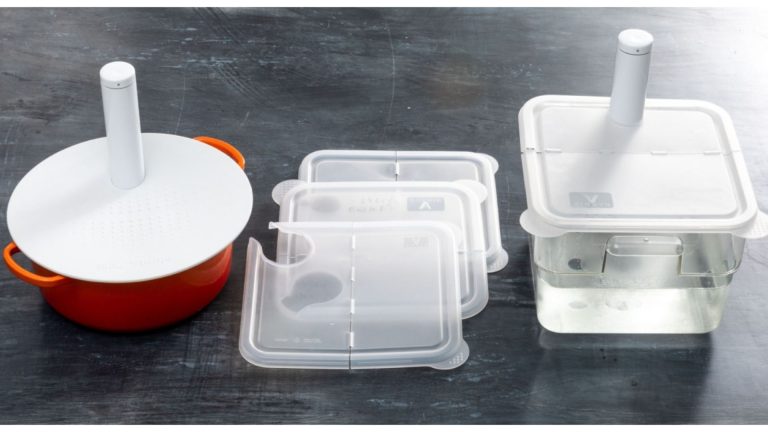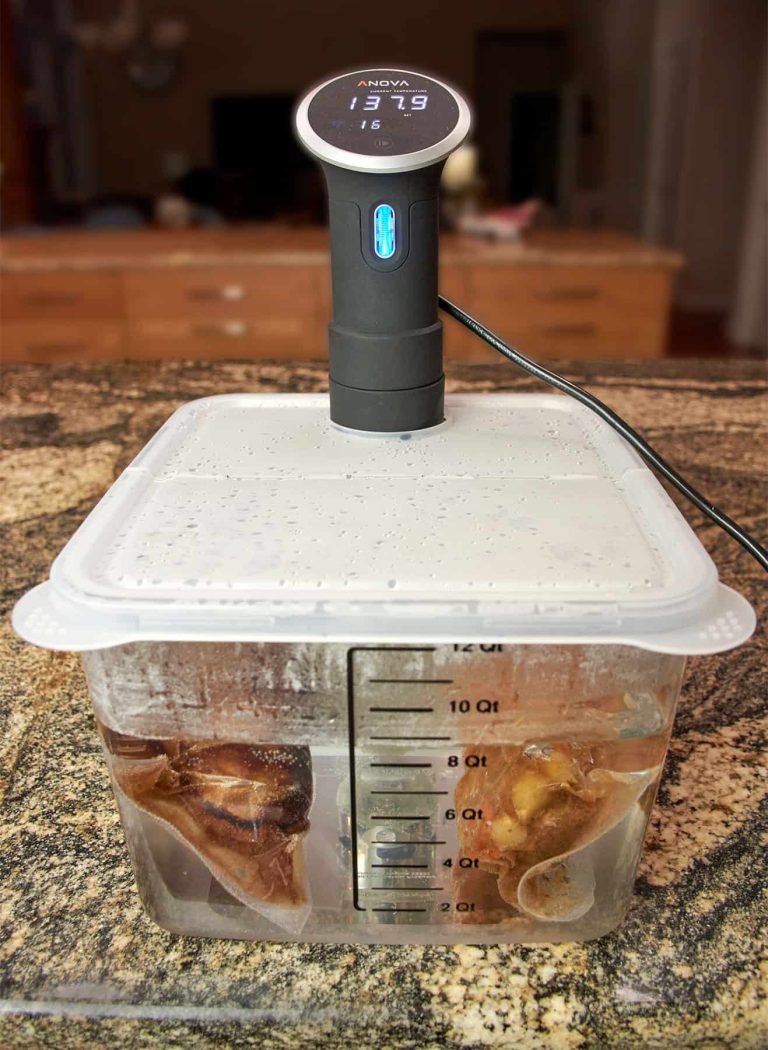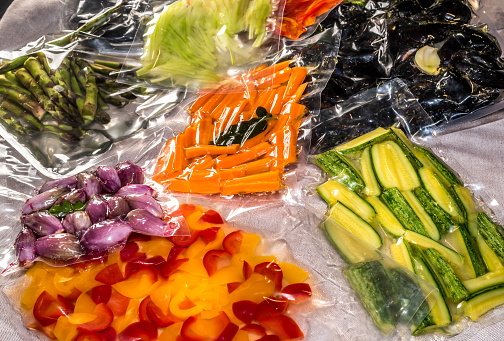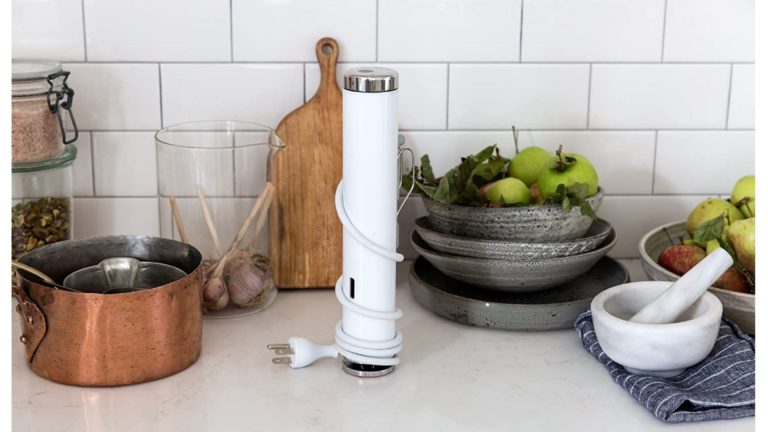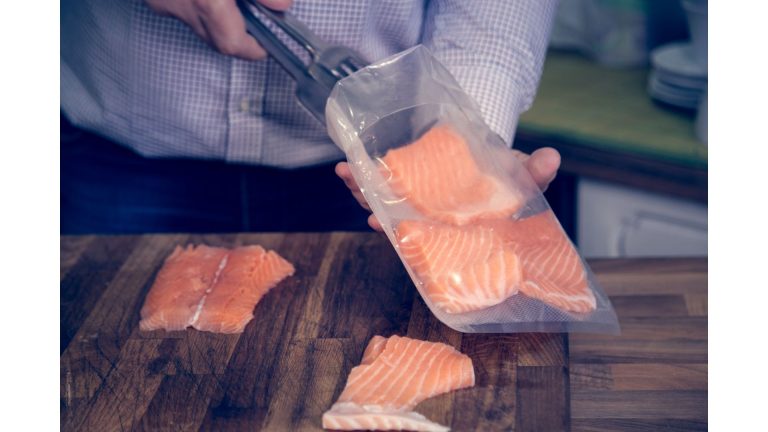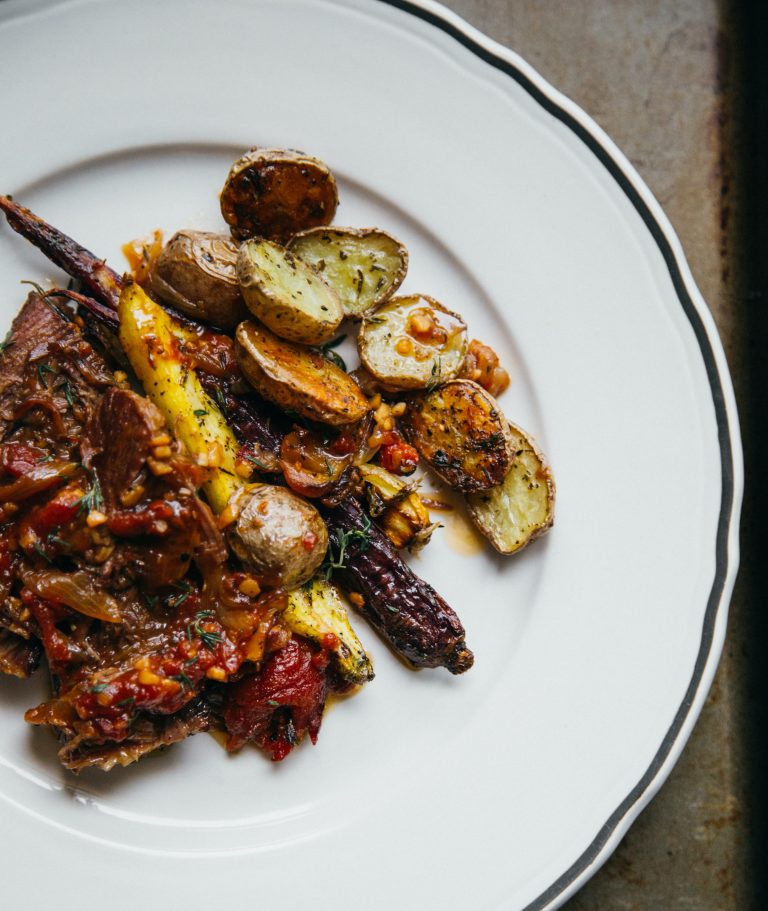Sous Vide vs Reverse Sear for Cooking Steaks
Sous vide is a cooking method that involves placing a piece of food in a vacuum-sealed bag in a water bath and cooking it at a precisely controlled temperature. It’s been around for decades, but recently, the popularity of sous vide cooking has skyrocketed.
There are a variety of reasons why sous vide cooking is becoming increasingly popular.
- It can produce a consistent, evenly cooked result
- It requires very little work, even for a novice cook
- And, perhaps most importantly, it is a simple, precise, and foolproof way to cook a dish.
Table of Contents
What is direct Searing?
Direct Searing is a technique where the food is not cooked at all but is put into an oven or over an open flame to brown the surface. In order to ensure that the inner part of the food is cooked properly, it is important that there be no moisture in the food.
This is accomplished by first cooking the food as much as possible without moisture (such as grilling, baking, roasting, steaming, sauteing, or stir-frying), then removing it from the heat source and finishing it in a dry pan or oven.
See also: Guide to Searing a Sous Vide Steak
What is Reverse Searing?
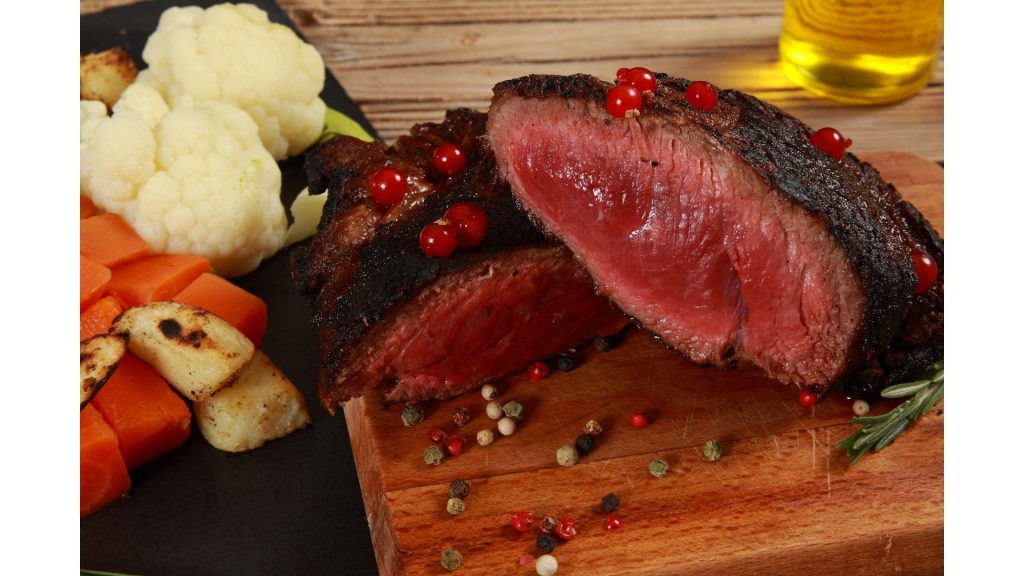
Reverse searing or backward searing is a term for roasting food on the stovetop or grill. Reverse searing is the reverse of direct searing; instead of searing directly over high heat, the food is seared in a pan or other vessel over low heat (250-400 degrees F) until it’s well browned.
The reverse searing technique is used when you want to impart an intense caramelized flavor to the food, but you don’t want to use as much oil as when using the traditional searing technique.
Reverse Sear Steak
Cut steak into slices and place in a sauce pan with 2 cups of water. Add a couple of fresh garlic cloves and some onion. Cook over low heat for 25 minutes until meat is tender. Drain off any fat. Place on a serving platter and top with butter, salt, pepper, and fresh chopped parsley. Serves 4-6.
What are Sous Vide and Reverse Searing Similarities?
Sous Vide is a technique where an item is heated to a precise temperature in a water bath. Then it is placed in the oven and cooked. The heat is kept in the oven for the whole cooking time. It is usually used to keep food in its best possible condition.
Reverse Searing is a method of cooking food on one side first, and then finishing it off on the other. For example, meat is cooked with the rare side up so that it will sear as it cooks. The result is a beautifully browned crust on the top.
What are Sous Vide and Reverse Searing Differences?
They both sear steaks in an oven but they differ in their processing times. Sous vide is a way to vacuum seal a steak in a bag. It cooks the steak evenly by slowly heating it up without direct contact with the outside air.
A steak can be cooked sous vide for as long as 24 hours. Reverse searing is when a steak is placed into a hot pan and cooked quickly. The goal is to sear the outside of the steak to achieve a crusty surface. This type of cooking is great for high heat searing such as grilled meats, chicken, or even fish.
What are the benefits of Reverse Searing?
Reverse searing is a technique that is used for creating heat to cook food, but it can be used to make something special for you. This method was invented by Japanese chefs, who use it as a way to create different flavors.
In this method, you cut the vegetables into small pieces, but not too small so that they will release their flavor better. Then, you put them on an oven plate and place them in a pot. Once the pot heats up, you cover the whole pot with an oven-proof dish and place it in the oven.
After a few minutes, you remove the pot from the oven and turn the oven on high, and wait until the oven temperature gets hot enough to cook your food. Now you can enjoy the flavor of your vegetables.
What are the cons of Reverse Searing?
There are two major issues of reverse searing in cooking. One is that when you are searing a steak or something similar, the meat on the top of the surface gets cooked before the meat underneath. It is a big problem when you are trying to cook things fast. Also, reverse searing makes food to be too hot, and it affects our taste buds.
Frequently Asked Questions About Sous Vide vs Reverse Sear
Are there any advantages to using a Sous Vide machine over a traditional reverse sear?
One advantage of using sous vide is that you can pre-cook foods before you even put them in the cooker. This will help keep your temperature more consistent throughout the whole cook time. And when you do put it into the cooker, you can use the timer to make sure the food doesn’t overcook and burn on the bottom or get mushy on the top. It also keeps the texture intact.
Another thing is that sous vide machines are much safer than a traditional stovetop. The food is much less likely to stick and cause an accident.
Finally, a sous vide machine gives you much more flexibility in terms of what you can cook. You can do anything from very mild to extremely hot.
How can Sous Vide machine and traditional reverse sear be used together?
It’s very easy to use sous vide machine and reverse sear together. For sous vide machine, you will put the meat in a bag and vacuum seal the bag. Then, you put the bag in water bath that is preheated to 165F. For reverse sear, you will preheat your oven to 400F and put the bag in it. The heat from the oven will cook the steak.
How to Properly Clean Your Sous Vide Equipment?
Follow these steps to clean Sous Vide equipment:
1. When cleaning your sous vide equipment, it is important to use a proper cleaner. Not all cleaners are designed for the rigors of the food industry. To properly clean your equipment, follow these steps:
2. Before any cleaning begins, make sure that the bathtub or sink is clean and free of debris, soap scum, or grease.
3. Place the equipment into the bathtub or sink, making sure that all parts are submerged. Do not immerse the equipment in water!
4. Fill the bathtub or sink with warm water (warm enough to be comfortable but not hot).
5. Pour the dishwasher or cleaner into the water, and mix thoroughly. You can use a sponge, mop, or brush to apply the cleaner.
6. After the bath has been mixed for 10-15 minutes, use a sponge, mop, or brush to thoroughly clean each piece of equipment.
What is the Water Displacement Method for Sous Vide?
In a traditional sous vide recipe, you place your food in the bag or container, then you submerge it in the water bath. The water in the bath surrounds the food to keep it warm while the water evaporates through the air vents on top of the sous vide machine.
This method takes up quite a bit of space. The problem is that you have to have an open, free-standing container. The more space you take up, the more room you need to heat or cool the water, which increases the amount of time you will need to get the temperature where you want it.
The water displacement method solves the space problem by using a bath of water inside the machine itself. This method can also be used with sous vide cookers that have water baths integrated into the base of the machine.
Why should you cook frozen steak sous vide?
If it’s done right, it doesn’t matter what kind of meat you use. Frozen steak is a great candidate for this method because it contains collagen, which helps to make the cooked steak more tender.
It also has a higher water content than ground beef, making it an easier candidate for marinating.
How to Reheat your Sous Vide steak?
1. If you want to reheat your food in the sous vide, follow these steps.
2. Put a large bowl on your work surface. Make sure it is big enough to hold the food being cooked.
3. Place the food in the bowl.
4. Turn the temperature on your sous vide down to 75F or about 28C. This is the cooking temperature.
5. Cook the food for a minimum of 1 hour or until done.
6. When the food is finished, remove the sous vide and allow it to cool to room temperature.
7. Take the food out of the bowl. The food should be hot and ready to serve!
What are the benefits of Sous Vide?
1. There are several pros to sous vide cooking and here are some of them:
2. It saves time as there is no need to turn on the oven or wait for it to heat up. Just place your food in the water bath and set the temperature. It will do the rest!
3. You don’t have to worry about overcooking. You can use a higher temperature and still get perfectly cooked meat.
4. It makes for very consistent results. You can’t mess up an entire batch of food. You just have to worry about overcooking one piece of meat.
5. The food is safe from bacteria growth. There are no microorganisms that cause food poisoning.
6. You can cook for several days without worrying about food spoiling.
7. You can store food for weeks, if not months, and reheat it with no problems.
8. It keeps the food moist and flavorful.
What are the cons of Sous Vide?
It is not used widely in home cooking because it requires a lot of technical skill to operate correctly and It takes too long to cook.
Conclusion
Sous Vide vs Reverse Sear – Which Is Better?
Both methods are a great way to cook food at home. However, there are differences in the quality of the end product, and the ease of use between them.
Sous vide is a French cooking technique that uses a vacuum-sealed bag to cook foods at lower temperatures than conventional ovens. The result is a higher-quality end product that will stay warm for hours, even after being served to your guests.
Reverse sear is the opposite. Instead of cooking food at low temperatures, this method cooks food at high temperatures until it reaches a certain temperature. The result is a crisper exterior and a softer interior.
In the end, sous vide is a great choice for experienced chefs who want to cook perfectly.

Foodie and a passionate cook, I am here to share all of what I know about cooking, kitchen, and food prepping.
Follow me for delicious and healthy recipes.

